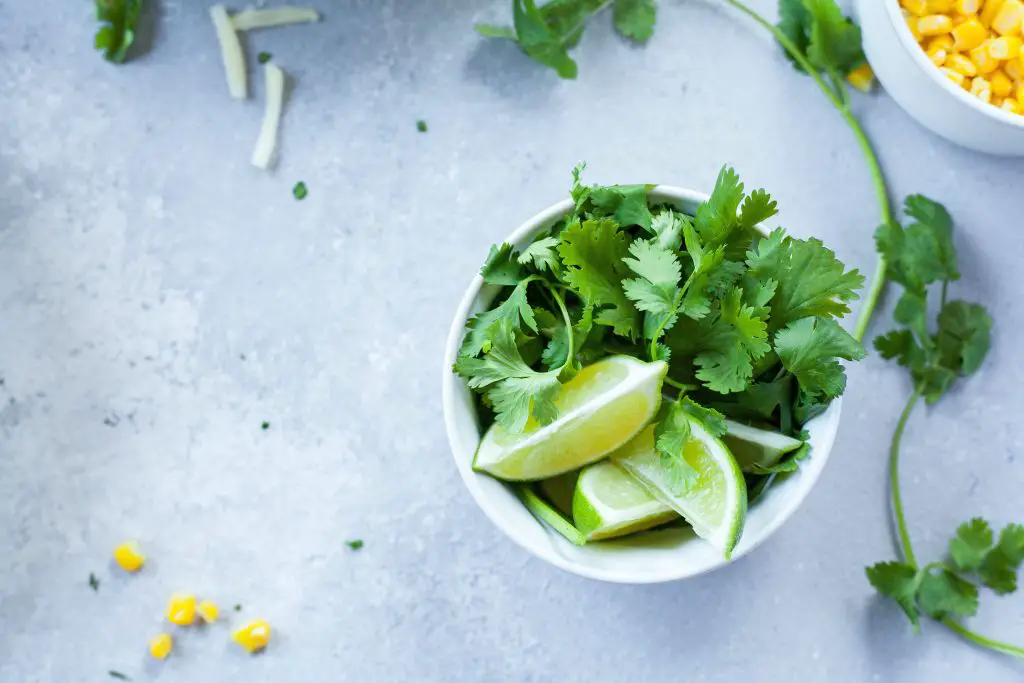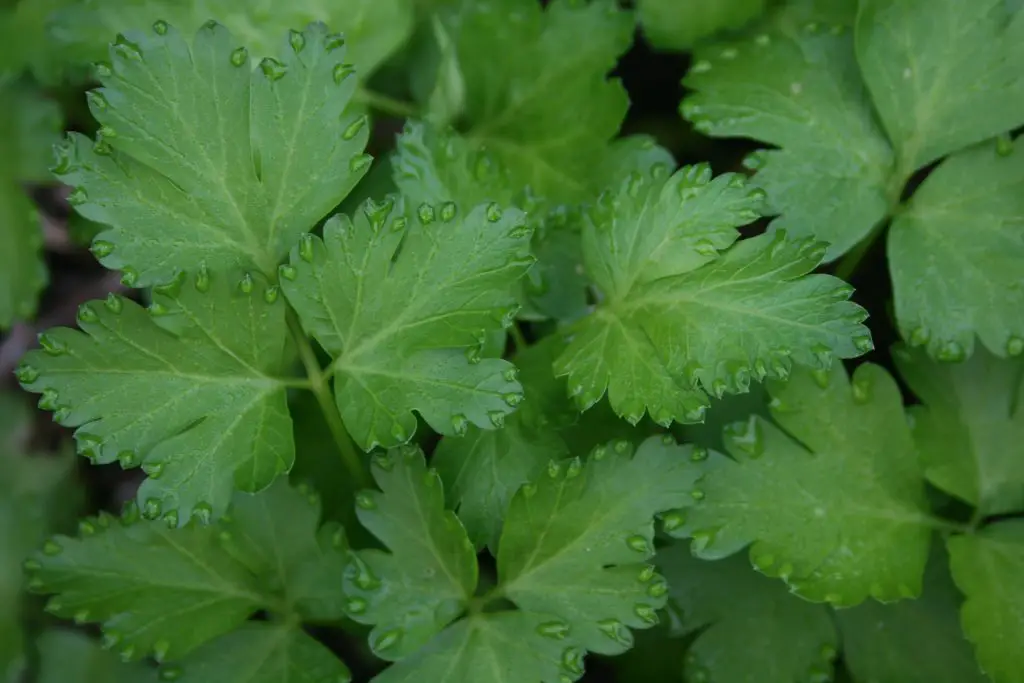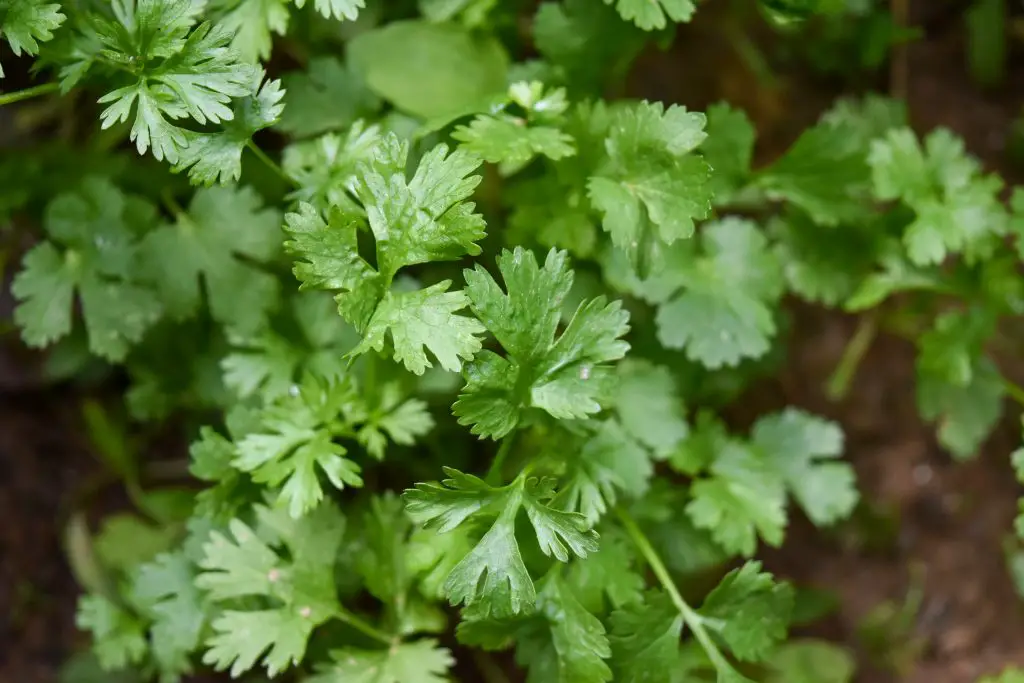How Much Sun Does Parsley Need? Parsley is an extremely popular herb that is widely used around the world in a number of dishes both to flavour the dishes and to be added as a garnish. So if you have a kitchen garden at home you may want to include this popular herb in the garden, however, one of the most common questions asked is how much sun does parsley need? Can it tolerate shade?
Parsley is a plant that is tolerant of relatively shady conditions and you will get away with only a couple of hours of sun per day, however, the rate of growth that you will get in shady conditions is significantly slower in most cases because the rate of photosynthesis is reduced. But in relatively hot climates it is preferential to grow the plant in at least some shade to protect it from the hot summer sun.
In these conditions growing parsley in partial shade will reduce the chances of the plant bolting in producing flowers which can spoil the quality of the leaves that you produce. Generally, continental parsley is a little bit more tolerant of shadier conditions than curly leaf parsley because of the flat nature of the leaves which increases the surface area of the leaves and therefore is more able to capture any light that is available.

Which Is Better For Flavour Flat Leaf or Curly Leaf Parsley?
Generally, most flat leaf or continental parsley has a stronger more pungent taste than the more traditional curly leaf parsley which is common in many gardens. Additionally, the flat leaf varieties generally have slightly less coarse leaves that are a little bit more tender which means most chefs favour this variety over curly leaf or variety.
How To Grow Parsley At Home
Parsley can be a little challenging to grow at home because the seeds generally take quite a while to germinate and the germination can be patchy which is similar to other members of this plant family which include carrots and parsnips.
The main difficulty that most gardeners have is maintaining moisture for long enough to get the plants to actually germinate. However, there are a couple of tricks that you can employ which will overcome this issue.
The first common method that is used is to germinate the seeds on a moist paper towel which will get the seeds going before they even get into the soil. To do this start by wetting a paper towel and ringing it out so that it is moist but not damp. Place the paper towel inside a plastic container that is sealable and then sprinkle the seeds across the surface of the paper towel. Seal the container and place it in a warm location for approximately 7 to 10 days. Once the seeds are showing signs of germination they should be transferred into seed trays to grow on.

The alternative method to this is to simply directly sow them into seed trays indoors which should ideally be done in late winter indoors. To ensure that the seed trays remain moist throughout the germination period is advisable to place seed trays within another tray that holds water and partially fill it with water to keep the soil consistently moist.
Parsley seedlings will need to spend approximately 6 to 8 weeks in the seed tray before they are ready to be planted out into the garden, at this point in time, the seedlings will be approximately 2 to 4 inches tall.
Parsley plants are tolerant of a wide range of soils and like most edible plants they prefer rich moist and free draining soil with plenty of nutrients. If your soil is particularly sandy or has high amounts of clay it is advisable to add a bag of compost before placing the plants into the garden.
Once in a garden, it is advisable to apply a thick layer of mulch around the seedlings and also sprinkle some snail bait as the plants can be susceptible to attack from slugs and snails early on. However, as the plants mature this generally does not remain a huge problem throughout the season.

Harvesting Parsley Plants
Parsley plants can be harvested at any stage throughout their lifetime, however, it is best to wait until the plants reach 4 to 6 inches tall and have several strong leaves on the plant. The reason for this is that whenever you’re picking parsley it is best to leave a reasonable number of leaves on the plant as it will out continue to photosynthesize which will aid in the plant’s recovery and reduce the chances of it becoming stressed and running to seed to quickly.
When removing the leaves it is easiest to use a pair of scissors to cut the stalks from the base of the plant to keep it healthy. If there are any leaves that are yellowing on the plant they should be removed as they will be doing little to help the plant grow.
How To Ensure You Have An Ongoing Supply Of Parsley
Parsley is a bi-annual plant which means that you’ll be able to plant it in early in one season and harvest it throughout the summer, autumn, and in the following winter. However, in the spring of the following year is likely that the plant will bolt and run to seed.
As the leaves are not particularly nice at that point in time it is advisable to plant new plants every year to ensure a continuous supply of the herb. As mentioned above if you plant in late winter indoors this will ensure that you have plants maturing before the existing plant sets seed in late spring which will ensure that you are in supply the entire year.
How Cold Tolerant Is Parsley
Parsley is a plant that will tolerate quite low temperatures and can survive down to approximately 10F, however, to preserve the quality of the leaves in areas that experience significant snowfall it is worth covering the plants with a cloche or row cover to prevent too much damage in these extremely cold conditions.
I hope you found this article useful and have great success growing parsley at home no matter what type you grow. If you have any additional comments or questions please leave them in the section below.
Relevant Articles
How Long Does It Take Parsley Seeds To Germinate? How Does Temperature Effect It?
Do Parsley Seeds Need Light To Germinate?
Is Parsley And Celery The Same?
Why Won’t My Parsley Seeds Germinate?
